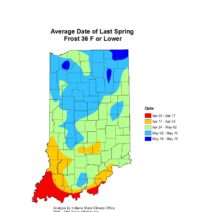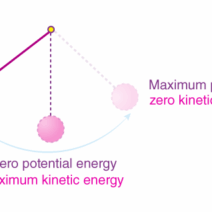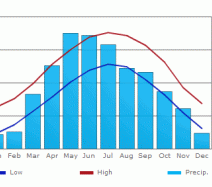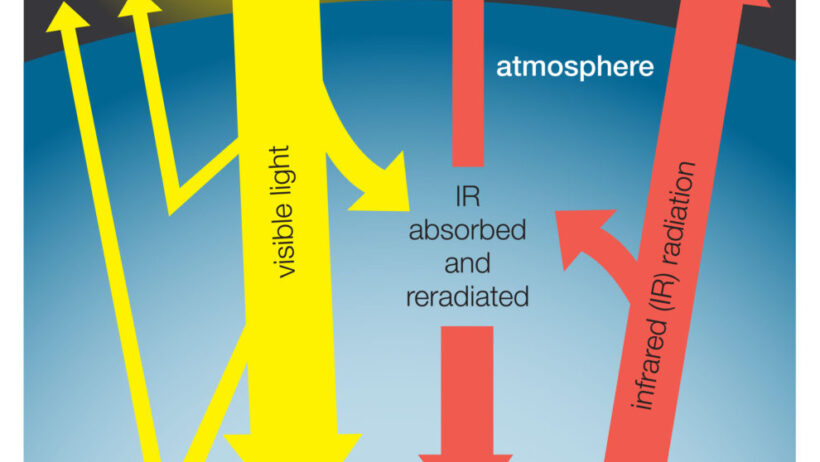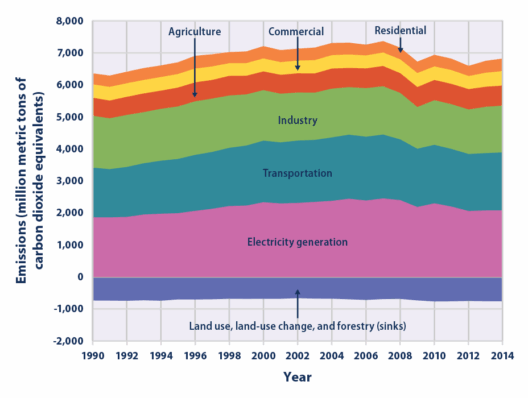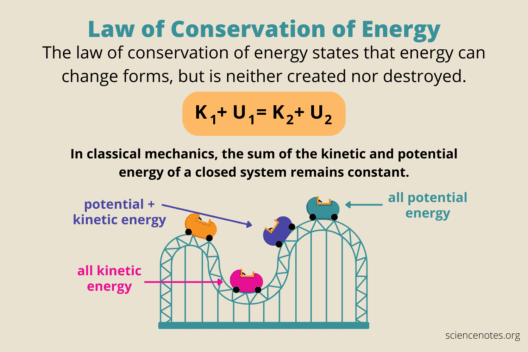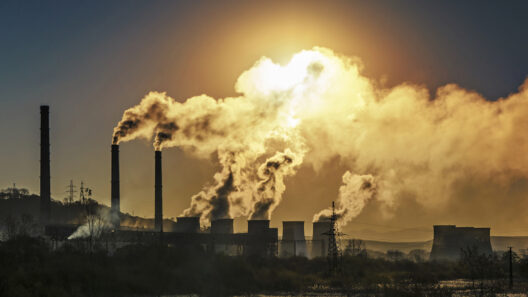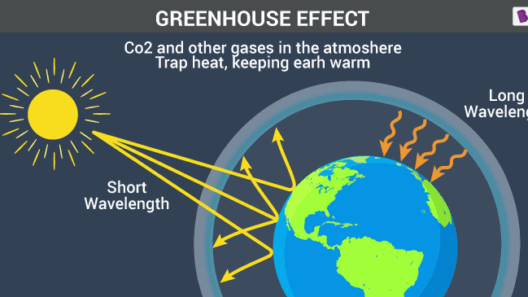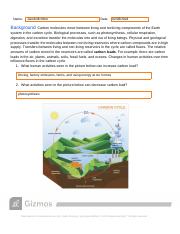The greenhouse effect is a natural phenomenon that plays a crucial role in maintaining life on Earth. This complex system of energy absorption and retention by the Earth’s atmosphere is fundamental for providing the right conditions for biodiversity, climate stability, and ecological balance. Understanding the significance of the greenhouse effect is imperative to appreciate how it keeps our planet habitable and the complexities involved in human-induced changes to this delicate system.
At its core, the greenhouse effect occurs when certain gases in the Earth’s atmosphere—known as greenhouse gases—trap heat from the sun. Sunlight enters the atmosphere, warms the planet’s surface, and some of that energy is re-radiated back towards space as infrared radiation. Greenhouse gases, such as carbon dioxide, methane, and water vapor, absorb a portion of this outgoing infrared radiation and redirect it back towards the Earth’s surface, thereby warming the atmosphere. This natural insulation is essential for sustaining life on Earth, but it also raises critical questions about the balance between natural processes and human activities.
Understanding why the greenhouse effect is vital requires exploration of its far-reaching implications on our environment.
The Role of the Greenhouse Effect in Climate Regulation
The greenhouse effect is instrumental in regulating Earth’s climate and maintaining a temperature conducive to supporting life. Without it, the planet would be inhospitably cold, rendering vast areas uninhabitable. Average global temperatures without the greenhouse effect would hover around -18 degrees Celsius (0 degrees Fahrenheit), in stark contrast to the current averages of around 15 degrees Celsius (59 degrees Fahrenheit).
This significant temperature differential results from the delicate balance of incoming solar radiation and the outgoing infrared radiation trapped by greenhouse gases. The effect regulates seasonal temperature variations and underpins climate systems that govern weather patterns. Disturbances caused by human activities, such as increased fossil fuel combustion, are enhancing this natural effect, leading to climate change—a critical concern for life on Earth.
Human Impact: A Double-Edged Sword
While the greenhouse effect is essential for life, human-induced changes have created a double-edged sword. The industrial revolution marked the beginning of significant greenhouse gas emissions, primarily through the burning of coal, oil, and natural gas, alongside deforestation. Rising levels of carbon dioxide and other greenhouse gases are amplifying the natural greenhouse effect, resulting in unprecedented global warming.
This alteration in climate dynamics brings about severe consequences, including more frequent extreme weather events—such as hurricanes, floods, droughts—and shifts in biomes, which threaten biodiversity. Species that cannot adapt to rapidly changing conditions face extinction, while those suited to warmer climates may encroach upon traditional habitats, leading to ecological imbalance.
The Nexus of Photosynthesis and the Greenhouse Effect
Beyond temperature regulation, the greenhouse effect supports essential biological processes, notably photosynthesis. Plants utilize sunlight to convert carbon dioxide and water into glucose and oxygen, playing a pivotal role in the Earth’s carbon cycle. This process not only sustains plant life but also produces the oxygen necessary for many forms of life, including humans.
The balance within this ecological interplay—where greenhouse gases maintain warmth to facilitate photosynthesis—is key to ensuring food security. Disruption of this balance due to enhanced greenhouse gas emissions threatens agricultural productivity. Changes in temperature and precipitation patterns can adversely affect crop yields, creating food scarcity issues and heightened food prices for expanding populations.
Mitigating Climate Change: The Path Forward
Addressing the human impact on the greenhouse effect requires an integrated approach to mitigate climate change. Solutions encompass transitioning to renewable energy sources such as solar, wind, and hydroelectric power to reduce dependency on fossil fuels. Enhancing public transportation options, adopting energy-efficient practices, and promoting sustainable land use are instrumental in curtailing greenhouse gas emissions.
Additionally, reforestation and sustainable agricultural practices can absorb atmospheric carbon dioxide, further contributing to carbon management efforts. By understanding the importance of the greenhouse effect and acting on collective responsibility, society can work towards preserving a stable climate.
Conclusion: A Call to Understand and Protect
The greenhouse effect is not merely a scientific phenomenon; it is a lifeline for the myriad forms of life that thrive on Earth. Acknowledging its significance in climate regulation, photosynthesis, and ecological balance is vital for informed action. As we face escalating climate challenges, recognizing the symbiotic relationship between human activities and the greenhouse effect becomes imperative. Through education, advocacy, and action, it is possible to foster a sustainable relationship with the planet—ensuring that Earth remains a habitable home for generations to come.
